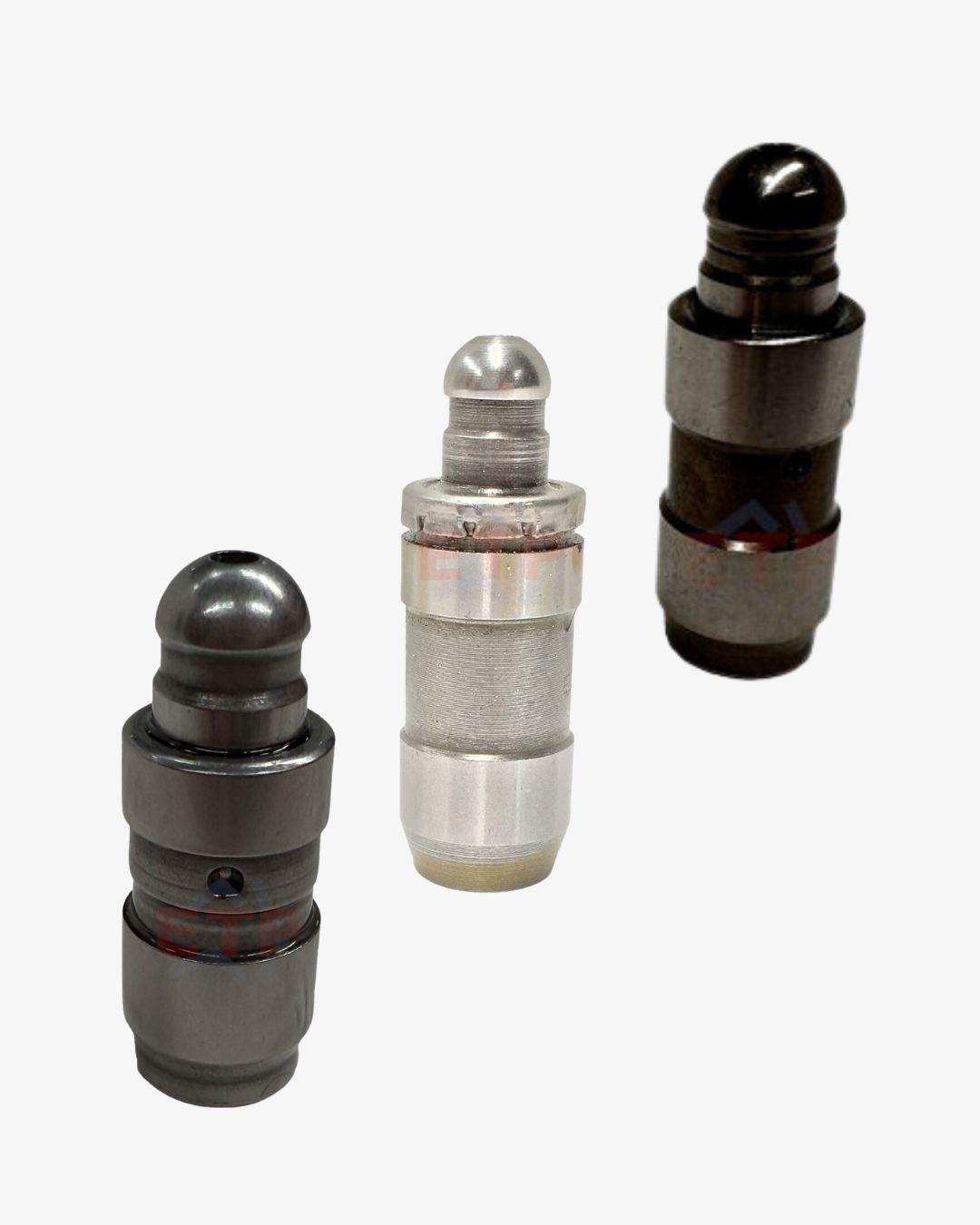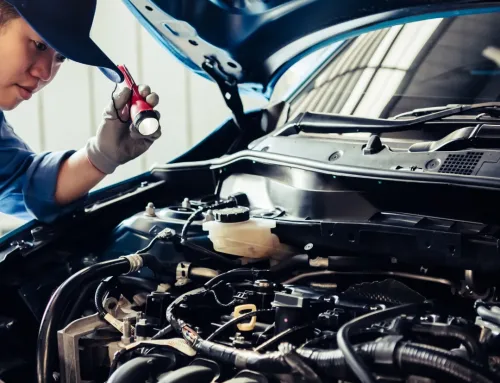
How to Adjust Hydraulic Lifters: Complete Guide for DIY
Hydraulic lifters are a crucial part of your engine’s valve train. Designed to automatically adjust for thermal expansion and maintain zero valve lash, they help reduce wear, keep your engine running smoothly, and eliminate the need for regular valve adjustments. But sometimes – especially in performance engines or older vehicles — you’ll need to step in and manually adjust them. Learning how to adjust hydraulic lifters isn’t just smart; it can save you from noisy engine issues or expensive repairs down the track.
Here’s a full breakdown of how to adjust hydraulic lifters properly, with everything you need to get it right the first time.
1. What Are Hydraulic Lifters and Why Adjust Them?
Hydraulic lifters (also known as hydraulic tappets) use oil pressure to maintain the correct amount of clearance – or “lash” – between the camshaft, pushrods, and valves. This helps keep the engine quiet and efficient without constant manual maintenance.
While they’re designed to be self-adjusting, problems can arise:
- After installing a new camshaft or heads
- When rebuilding or tuning a performance engine
- If oil pressure is poor or lifters are worn
- When experiencing valve ticking, misfiring, or rough idling
If the preload (the pressure on the plunger inside the lifter) is off, the lifter won’t function properly. You may end up with noisy operation or even damage to your valve train. That’s why knowing how to adjust hydraulic lifters correctly is key – especially if your setup allows manual adjustment.
2. Tools & Setup for Adjusting Hydraulic Lifters
Before diving into adjustment, make sure your engine uses adjustable rocker arms. Some modern engines don’t allow for preload changes due to their fixed rocker geometry.
What you’ll need:
- Ratchet and socket set
- Valve cover gaskets (if reusing old ones)
- A torque wrench (optional but recommended)
- Shop rags and engine degreaser
- Paint pen or white-out (for marking completed valves)
Preparation:
- Start with a cold engine.
- Remove valve covers.
- Rotate the engine by hand (breaker bar on crank bolt or remote starter switch).
- Identify the firing order and mark each cylinder to keep track.
The golden rule: adjust lifters only when the cam lobe is on its base circle (i.e., the valve is fully closed and the pushrod isn’t under load).
3. How to Adjust Hydraulic Lifters: Step-by-Step
Step 1: Find Zero Lash
Spin the pushrod with your fingers while slowly tightening the rocker arm nut. Stop when you feel resistance — this is your zero lash point.
Step 2: Set Preload
Once zero lash is found, continue tightening the rocker nut:
- Standard preload: ½ to ¾ turn past zero lash
- This compresses the plunger slightly inside the lifter, allowing proper hydraulic function once oil pressure builds
Step 3: Repeat Per Cylinder
Use the engine’s firing order to go cylinder by cylinder. Ensure you’re only adjusting valves when they’re at rest. Mark each adjusted valve to stay on track.
Step 4: Final Checks
Rotate the crankshaft by hand through 2 full cycles. Make sure nothing binds. Reinstall valve covers, then start the engine.
Step 5: Observe
It may tick slightly at first as lifters fill with oil – this should stop in under a minute. If ticking continues, you may have over-tightened (collapsed the lifter) or under-tightened (too loose).
Pro Tips for Adjusting Hydraulic Lifters:
- Always use clean oil – dirty oil can clog or damage lifters
- Use engine assembly lube on contact surfaces if rebuilding
- For performance engines, double-check preload specs with cam manufacturer
- Don’t over-tighten – collapsed lifters can cause misfire or valve float
Final Thoughts: Why Lifter Adjustment Matters
Learning how to adjust hydraulic lifters isn’t just for mechanics. If you’re rebuilding, tuning, or simply fixing a ticking engine, this skill can transform how your engine performs. A properly adjusted lifter setup results in:
- Smoother idle
- Better throttle response
- Longer engine life
- Reduced engine noise
Don’t ignore lifter noise – it’s your engine’s way of asking for attention. Whether you’re running a daily driver or a high-revving V8, correct lifter preload ensures everything in the valve train works in harmony.
Looking for top-quality lifters, camshafts, or cylinder head parts? Shop at EngineBits – the online store for engine components that go the distance.
Need help choosing parts or tools for adjustment? Contact our support team and we’ll point you in the right direction.







